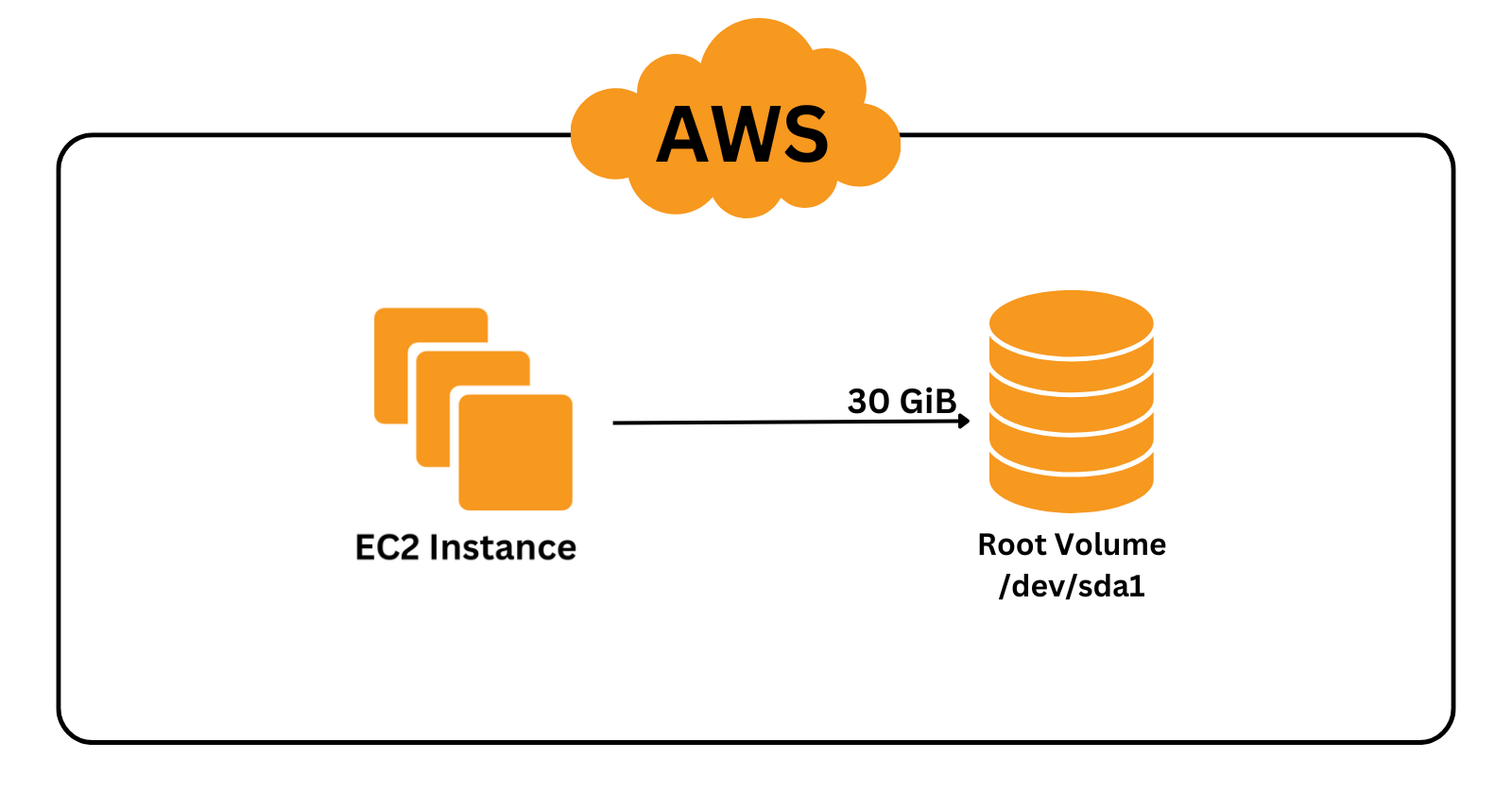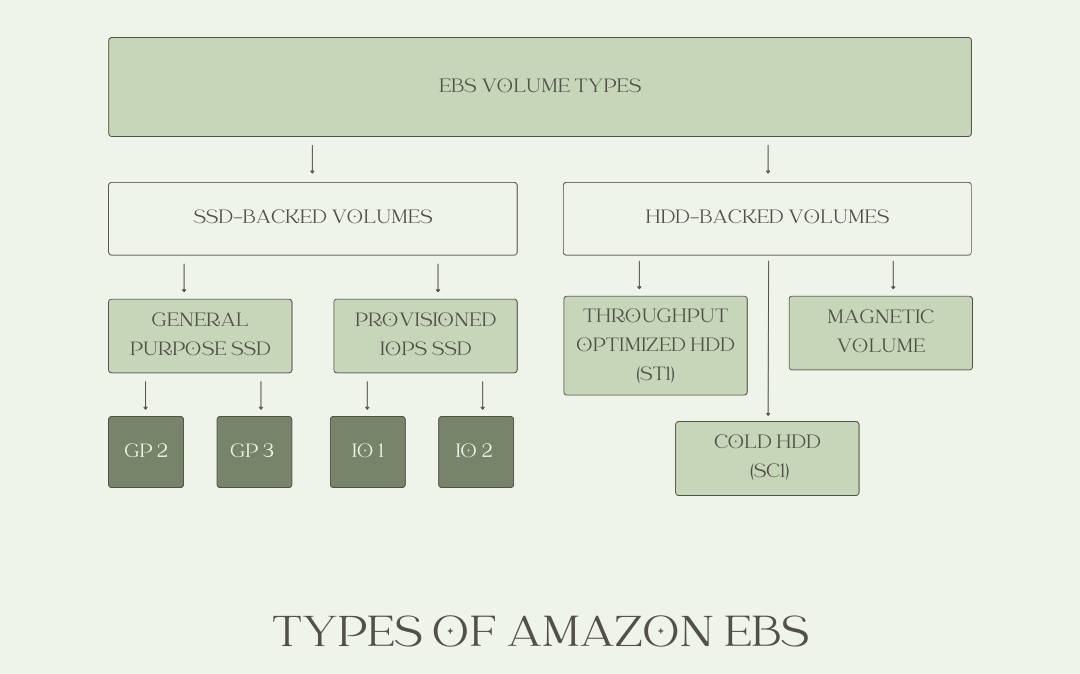Understanding Amazon Elastic Block Store (EBS): An Introduction
 Arish Ahmad
Arish Ahmad
Introduction
Amazon EBS lets you create and attach storage volumes to EC2 instances.
You can attach multiple EBS volumes to an instance.
Once the storage volume is created, you can set up a file system on it. Then, you can run a database, store files and applications, or use it as a block device in other ways.
EBS volumes must be in the same availability zone as the instances they are attached to.
Root EBS volumes are deleted on termination by default.
Amazon EBS volumes are automatically replicated to protect you from the failure of a single component.
You can also attach additional EBS volumes to a running instance.
EBS volume attached to the EC2 instance where Windows or Linux is installed is known as the Root device of volume.
Type Of Amazon EBS Volume

Amazon EBS provides two types of volume that differ in performance characteristics and price. EBS Volume types fall into two parts:
SSD-Backed Volumes
HDD-Backed Volumes
SSD-Backed Volumes
SSD stands for solid-state Drives.
In June 2014, SSD storage was introduced.
It is a general-purpose storage.
Can be a boot volume.
SSD storage is very high-performing, but it is quite expensive as compared to HDD (Hard Disk Drive) storage.
SSD is further classified into two parts:
General Purpose SSD
Provisioned IOPS SSD
HDD-Backed Volumes
It stands for Hard Disk Drive
HDD-based storage was introduced in 2008.
The size of the HDD based storage could be between 125 GiB to 1 TiB.
Cannot be a boot volume.
EBS Multi-attach not supported.
HDD is further classified into three parts:
Throughput Optimized HDD (ST1)
Cold HDD (SC1)
Magnetic Volume
For more information do check out Amazon EBS.
Subscribe to my newsletter
Read articles from Arish Ahmad directly inside your inbox. Subscribe to the newsletter, and don't miss out.
Written by

Arish Ahmad
Arish Ahmad
Final-year BTech student specializing in software development. Completed a Flutter internship and amassed three years of project experience, crafting Threads clone, Stream Arbiter, Ticketify, and Google Docs. Proficient in C++, having successfully solved 250+ LeetCode questions.